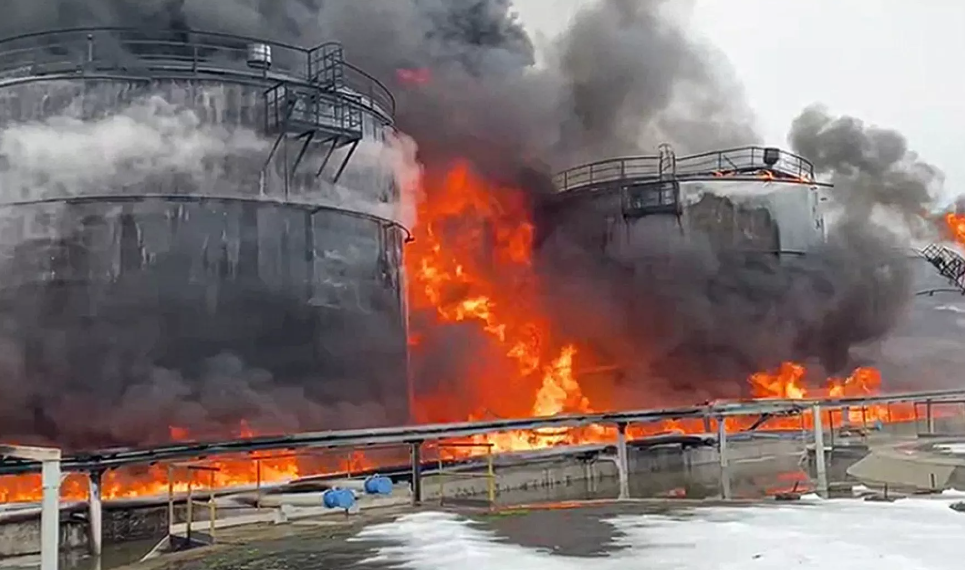In a surprising turn of events, oil prices surged approximately 2% to reach a four-month high on Monday, driven by a combination of factors including lower crude exports from Iraq and Saudi Arabia, signs of stronger demand, and economic growth in China and the U.S.
Brent futures climbed $1.55, or 1.8%, settling at $86.89 a barrel, while U.S. West Texas Intermediate (WTI) crude rose $1.68, or 2.1%, to settle at $82.72. This significant increase pushed both benchmarks into technically overbought territory, with Brent closing at its highest since October 31 and WTI closing at its highest since October 27.
On the supply side, Iraq, OPEC’s second-largest producer, announced plans to reduce crude exports to 3.3 million barrels per day (bpd) in the coming months to offset exceeding its OPEC+ quota since January. This pledge would result in a cut of 130,000 bpd from last month’s shipments. Similarly, Saudi Arabia, OPEC’s largest producer, experienced a second consecutive monthly decline in crude exports, with shipments falling to 6.297 million bpd in January from 6.308 million bpd in December.
In Russia, attacks on energy infrastructure by Ukraine have idled around 7% of refining capacity in the first quarter. As a result, Russia is expected to increase oil exports through its western ports in March by almost 200,000 bpd to around 2.15 million bpd.
Despite these supply concerns, signs of robust demand and economic growth in key markets have buoyed prices. In China, the world’s biggest oil importer, factory output and retail sales exceeded expectations in the January-February period, indicating a strong start to 2024. This positive economic data offers relief to policymakers, although weakness in the property sector continues to weigh on the economy and confidence.
In the U.S., the Federal Reserve is expected to keep interest rates unchanged at the conclusion of its latest two-day policy meeting on Wednesday. Stronger-than-expected U.S. economic growth and persistently high inflation have led investors to revise their expectations, pushing back the anticipated timing of the Fed’s first rate hike to June from May.
Lower interest rates could stimulate economic growth and increase oil demand by reducing the cost of buying goods and services. Additionally, U.S. Energy Secretary Jennifer Granholm announced that crude oil stockpiles in the Strategic Petroleum Reserve (SPR) at year-end are expected to be at or exceeding the level that would have existed prior to massive sales two years ago.
In other news impacting oil demand, BP’s 435,000 bpd Whiting, Indiana, refinery has resumed normal operations for the first time since a February power outage. This development is anticipated to further bolster oil demand in the U.S. market.
Overall, the combination of supply constraints and strong demand signals from key economies has propelled oil prices to their highest levels in months, with market dynamics suggesting a potentially bullish outlook for the near future.
(Source: Reuters | Market Watch | Bloomberg)









